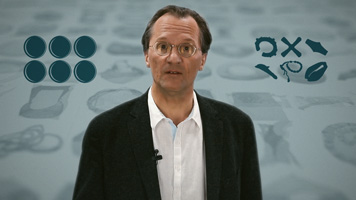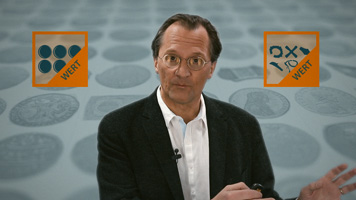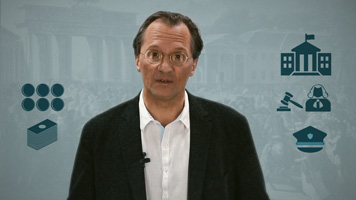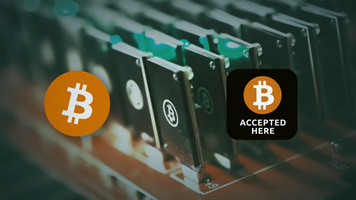Money and Material III: Digital money

Coining as a standardizing tendency
Coining had a standardizing tendency: all the various things that might serve as a payment could be measured as the quantity of precious metal in a certain number of these coins. Laws then prescribed as punishment and payment that someone who has broken another’s arm must suffer the same or offer compensation of so-and-so many coins. That didn’t mean he literally had to come up with this specific number of coins. He could still offer any other kind of thing to reach the payment of the value of the prescribed number of coins or metal. That is, all these things have been rated in terms of one uniform good—a certain number of coins representing their value. And coins did the same for purchasing, when they are used as money in the narrow sense.

The value represented by the money
This value – the exchange value it thus becomes – remains bound to the coins and other things for a very long time. But the moment a society’s economy is based primarily on money – so that life’s necessities are for sale – the value represented by the money must itself no longer inhere in its physical form, no longer in the form of coins or other things.
From then on, money detaches itself from form, and in general from its material existence. It exists only in that it each time functions as this money-value, that in a purchase it can be exchanged against the same value of goods. Monetary value exists only through this function alone.

The national states are the final guarantee for the money
So as not to dissolve into thin air, it is vital now that every purchase act it enters into as exchange value is followed by further purchase acts where it again, every time, can be adopted at the same value. For this ongoing value, however, money has to be vouched for.
That is provided by the new national states with their monopoly on violence: police, courts, administrative apparatus. They are the final guarantee for the money they issue as currency: today only the smallest portion of which is coins and bills, with the most as numbers in electronically managed accounts. There, money is seen as a pure number: it numbers a value that as such consists of nothing than to be numbered – to function as exchange value.

The value is supremely abstract
Thus the value that in the meantime the entire world relies on is supremely abstract: it is a pure sum, a numerically expressed function. Bitcoins do the same but in other ways: Their creation is decentralized, non-state but only through computing power and each one can be individually identified Their use as money, however, is also limited to a few businesses that accept Bitcoins, and their freely traded value in a state currency.